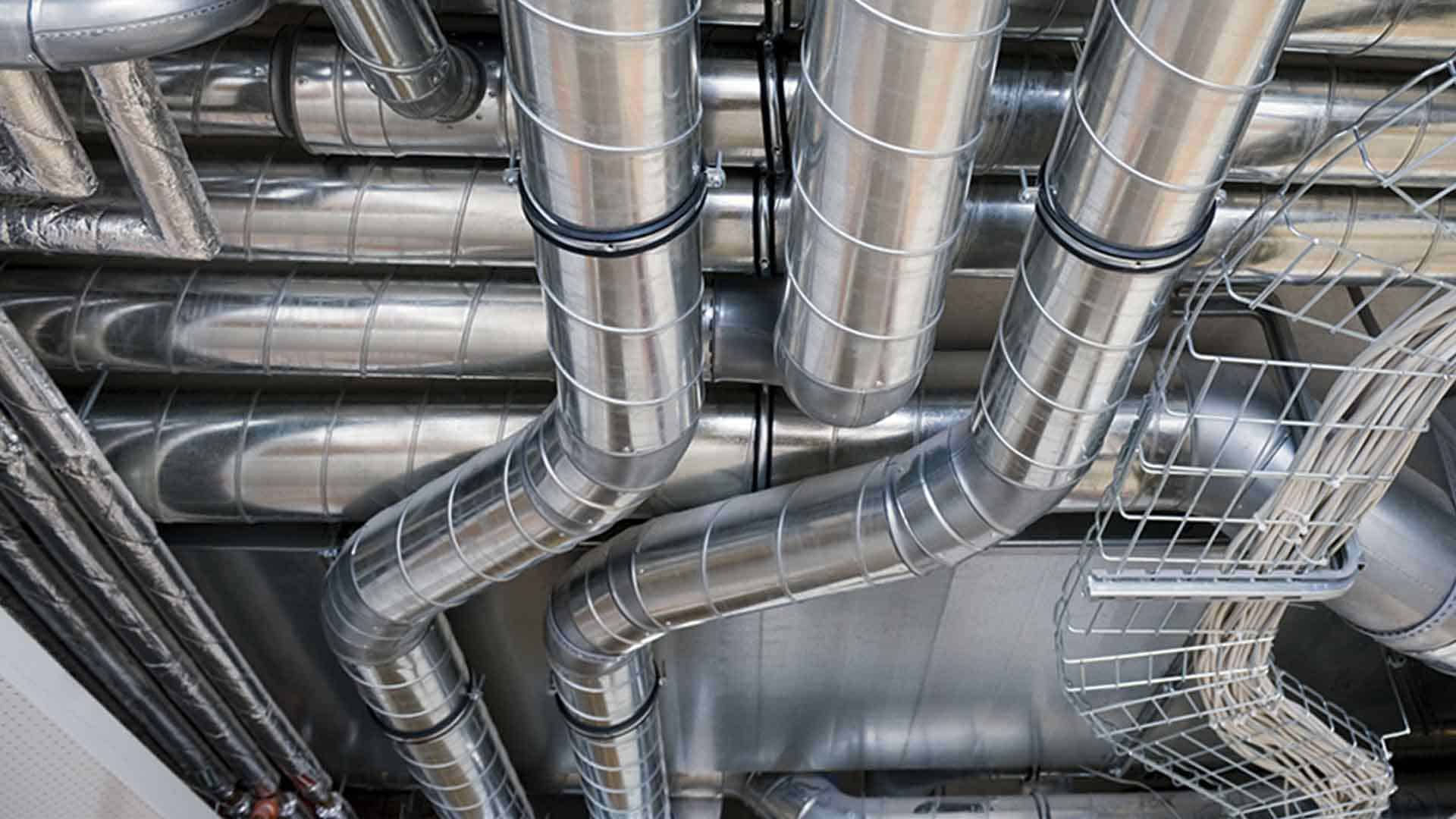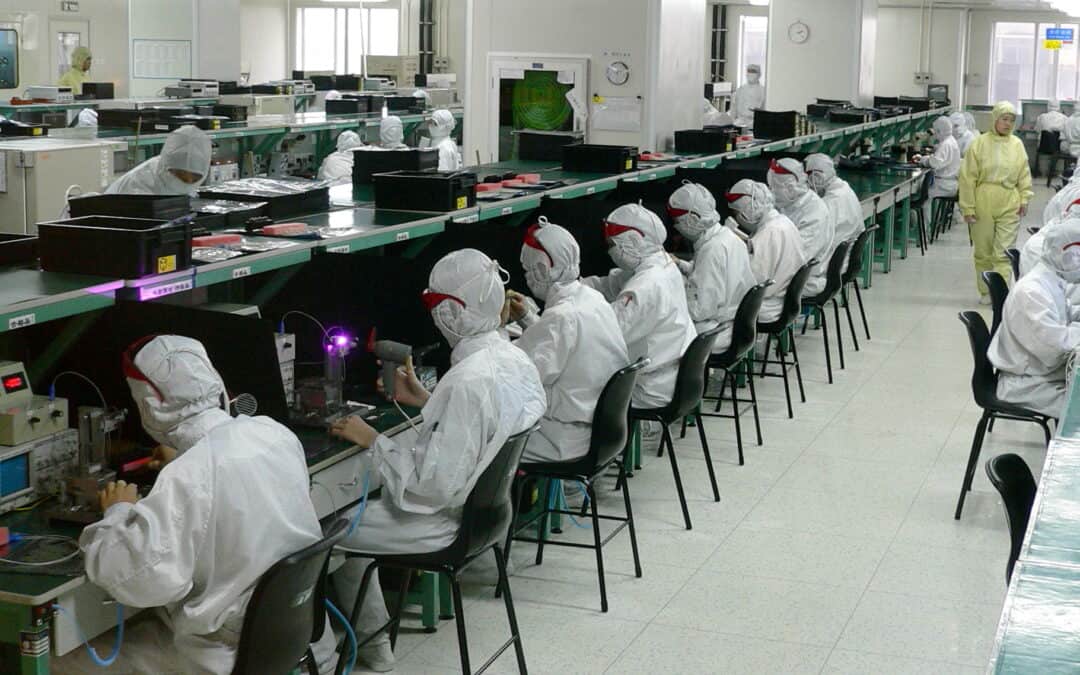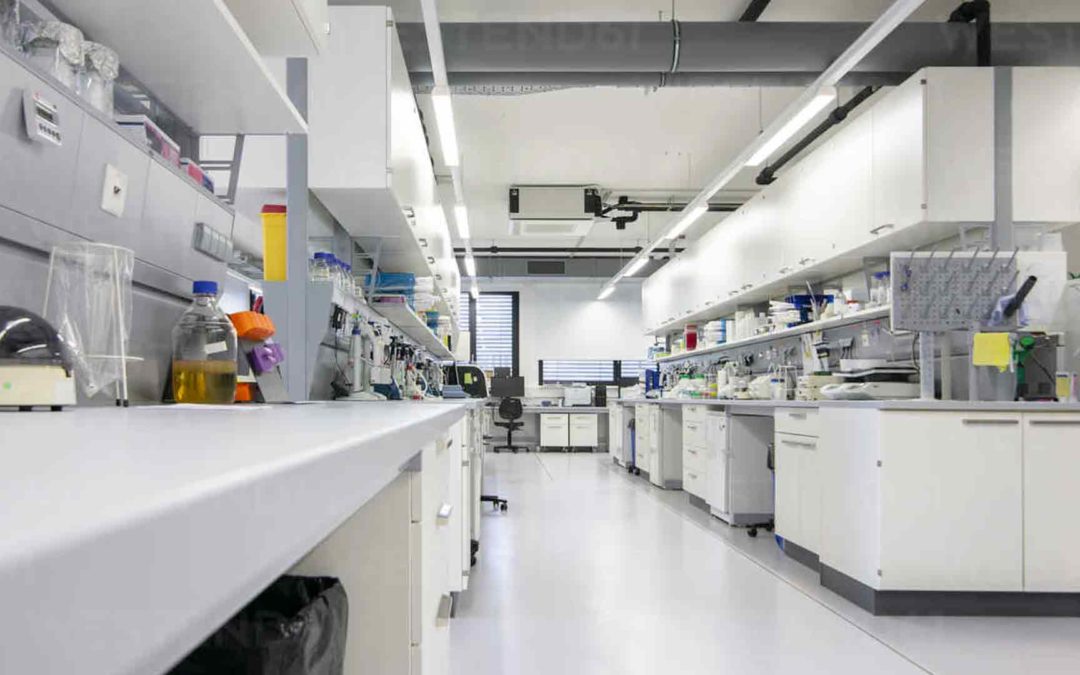When you’re in the market for an industrial dehumidifier, it’s not a case of one-size-fits-all. Understanding how to size a dehumidifier for your specific needs is crucial. It’s about finding that sweet spot where efficiency meets necessity.
The size of your dehumidifier can significantly affect your operational costs and the overall effectiveness of the unit. You don’t want to be left with a unit that’s too small to handle the job, or one that’s unnecessarily large and costly.
In this article, we’ll guide you through the process of sizing an industrial dehumidifier. We’ll help you understand the key factors to consider, ensuring you make an informed decision that’s right for your needs. So, let’s dive right in and start demystifying the process.
Why Size Matters for Industrial Dehumidifiers
Size matters! That’s a fact when it comes to industrial dehumidifiers. It’s not just about getting a unit that fits into your space, its about performance, efficiency, and cost-effectiveness.
Firstly, it’s important to understand that these units are not one-size-fits-all. Industrial dehumidifiers are designed to handle varying degrees of moisture and humidity, and it’s crucial that you choose the right one for your specific needs.
The consequences of selecting the wrong size dehumidifier can be expensive, not only in terms of cost but also energy efficiency. If you choose a unit that’s too small for your space or your specific needs, it’ll have to work overtime. That means it’ll consume more power, increase energy bills, and wear out faster, which will ultimately cost you more in the long run.
On the other hand, a unit that’s too large may also not be as cost-effective as you might assume. Oversized dehumidifiers can quick cycle, a process where the unit instantly reaches the desired humidity level, causing frequent on-and-off cycles. Quick cycling isn’t good for the dehumidifier’s compressor and reduces the lifespan of the unit.
Not only does size impact cost and efficiency, it also impacts performance. Properly sized industrial dehumidifiers can effectively control humidity levels, ensuring a comfortable and safe working environment. They help in preventing the growth of harmful bacteria and mould, that thrive in high-humidity environments.
Let’s dive deep into how you can go about accurately sizing an industrial dehumidifier for your specific needs.
Understanding the Factors to Consider
When you’re sizing an industrial dehumidifier, there are several critical factors at play. Ignoring these factors may result in you choosing a dehumidifier that’s ill-suited for your specific requirements.
Your first step should be to gain a comprehensive understanding of the space or environment where you’ll be using the dehumidifier. You’d need to consider:
- The size of the space
- Current humidity levels
- Temperature settings
- Nature of activities taking place in the area
- If there’s any ventilation available
For instance, if it’s a large warehouse storing delicate items sensitive to excessive humidity, you’d require a dehumidifier that can efficiently control humidity levels over the entire floor area. Conversely, when working in a densely packed active production unit with high humidity, your dehumidifier has to be powerful enough to cope with the constant humidity influx.
The next factor is the dehumidifier capacity, denoted usually in terms of litres per day (PPD). This denotes the volume of moisture the dehumidifier can extract in a 24-hour period. Considering the above factors will help you determine the right PPD for your needs.
Remember, it’s not just about the quantity of moisture the unit can remove but how efficiently it does so. Thus, the efficiency of a dehumidifier, usually indicated by its Energy Factor, is another critical point to consider.
Assessing the Space and Moisture Load
Firstly, let’s delve into how the size of your space impacts the choice of dehumidifier. Take accurate measurements of your area in square meters. Remember, a larger space requires a higher-capacity dehumidifier. Conversely, a smaller area can work efficiently with a smaller-capacity unit.
Also consider the height of your ceilings. Higher ceilings mean there’s more air volume in the room. This will significantly influence the amount of moisture the dehumidifier has to deal with.
For industrial spaces with partitioned sections or spaces not easily accessible, consider the need for multiple units. A single dehumidifier may not fully cover dispersed problem areas.
Next, you’ll want to factor in the moisture load.
Moisture load refers to the amount of moisture in a particular area that needs to be removed. Several elements determine this load:
- The nature of activities carried out in the space
- The items stored in the area
- Rates of human occupancy and activity
Manual operations may increase the amount of moisture in the air more than automated or mechanical processes. Also, if your spaces tend to store items that release moisture or are prone to damage from excess humidity, you’ll want a more powerful dehumidifier.
Remember, certain materials like wood and fabrics tend to hold more moisture. Facilities storing these types of goods may require a more efficient dehumidifier.
Believe it or not, even people add to the moisture load. A high foot traffic area can increase the demand for dehumidification.
Critical is tracking your space’s relative humidity levels. High humidity levels demand more from a dehumidifier, and consequently, a higher-capacity machine.
As a guide, industrial spaces often maintain a relative humidity of 30% to 50%.
Lastly, don’t forget about temperature. Dehumidifiers work harder at higher temperatures. So, you might need a high-capacity unit if your space heats up.
In the next section, we delve into Energy Factor and why it’s important in sizing your dehumidifier.
Calculating the Required Capacity
With the understanding that a variety of factors influence a dehumidifier’s sizing, it’s time to delve into the heart of the matter– how to actually calculate the required capacity.
At its core, it’s all about PPD (Pints Per Day). Remember, this is the measure of a dehumidifier’s ability to remove moisture from the air in a 24-hour period. Understanding the PPD your space demands can distinctly guide the purchase decision.
To estimate the PPD, conduct an assessment of the moisture load. This, as mentioned earlier, is heavily contingent on several elements:
- activities in the area
- items stored
- human occupancy and activity rates
- materials in the space
Therefore by examining these factors, completing a moisture load assessment helps quantify the moisture removal needed.
But just knowing the moisture load alone isn’t enough. You also need to understand how much dehumidification your space physically allows. To calculate this, consider the volume of the space. This isn’t just about floor space. Remember, volume involves the height of the ceiling as well. More volume typically signifies more air to dehumidify, thus requiring a higher-capacity dehumidifier.
After assessing the value of the moisture load and the size of the space, juxtapose these two results in order to find an exact PPD requirement for your industrial dehumidifier.
Yet, do not discard the importance of temperature. For every 20-degree drop in temperature, a dehumidifier’s capacity can reduce by up to half. So bear in mind that temperature influences dehumidifier function drastically, and adjust your capacity needs according to the average temperature of your space.
Ultimately, calculating the required capacity involves an interplay of various factors. By actively analysing your space with these key aspects in mind, you are on your way to finding the best fit for your industrial dehumidification needs.
Choosing the Right Size Dehumidifier
Knowing how to size a dehumidifier can be a daunting task, specifically for an industrial setup. Understanding the Pints Per Day (PPD) efficiency of a dehumidifier is a useful starting point. This measures the dehumidifier’s ability to remove moisture. Pairing this with a reliable moisture load assessment can help you choose the right size for your setup.
A moisture load assessment takes important elements into account, such as activities in the area, items stored, human occupancy and activity rates, and materials in the space. Remember, your dehumidifier will have to work around the existing moisture factors to regulate the humidity properly.
Another vital point when considering dehumidifier size is the volume of the space in question. Be mindful that the ceiling height affects the amount of air that needs dehumidification.
| Space Volume (m³) | Dehumidifier capacity (PPD) |
|---|---|
| Less than 100 | 50-60 |
| 100-200 | 60-70 |
| Above 200 | 70 and above |
Temperature, too, plays a non-trivial role in dehumidifier performance. Noticeably, a 20-degree drop in temperature could plummet the dehumidifier’s ability by half. Therefore, maintaining an ideal temperature range in the industrial area becomes paramount for an efficient dehumidifier operation.
Choosing the right dehumidifier isn’t a one-size-fits-all solution. What’s considered suitable for one industrial area may not be best for another. Every workspace has specific needs, and your dehumidifier should facilitate those needs.
By factoring in these various elements, alongside the PPD and moisture load assessment, you’ll manoeuvre closer to a decision on the correct size of the industrial dehumidifier that your space truly needs. Keep in mind your goal of creating a comfortable, humidity-regulated environment within your industry setting.
Conclusion
You’ve now got the know-how to size an industrial dehumidifier. Remember, it’s all about understanding the PPD efficiency and conducting a moisture load assessment. Don’t forget to take into account the volume of the space and the role temperature plays in the performance of the dehumidifier. With these key elements in mind, you’re well equipped to select the right industrial dehumidifier for your specific needs. So go ahead, apply your newfound knowledge and make an informed decision. You’ll soon reap the benefits of a well-controlled humidity environment.




